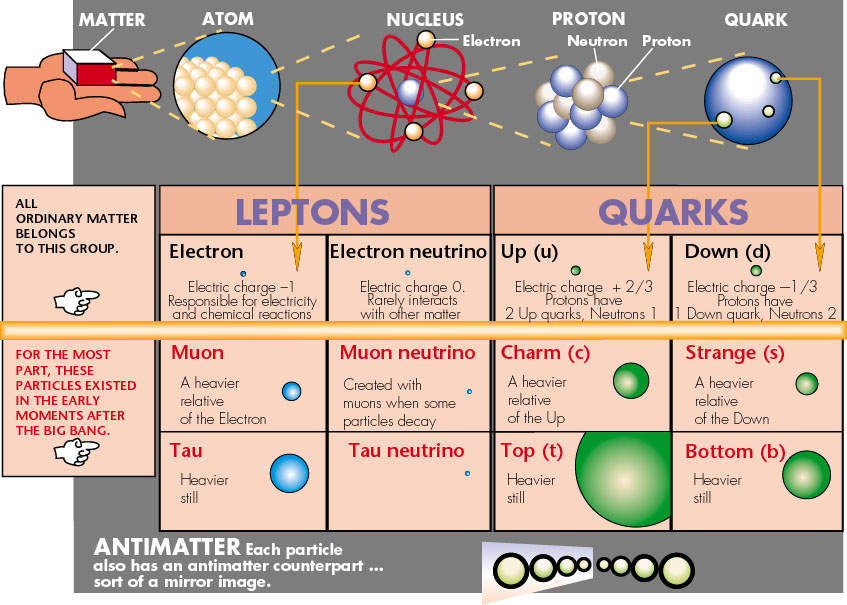Particle physics is the science that studies the
nature of subatomic particles which form our universe, which addresses us to
the question what is matter made up of. It shows that particles are produced
due to particles collisions which are classifies into three families. These
particles form the molecules and atoms with the help of four basic forces. The Standard Model
describes strong, weak, and electromagnetic forces, using the gauge bosons.
Types of gauge bosons are the gluons, W-, W + and Z bosons, and photons. The
standard model also contains 24 fundamental particles 12 particles and their
associated anti-particle, which are the components of all matter. Finally, the
standard model predicted the existence of a type of boson known as the Higgs
boson. On July 4, 2012, physicists announced with the Large Hadron Collider at
CERN they have found a new particle that behaves like what is expected of the
Higgs boson.
It is my pleasure to attend such course in the spring semester. This course is full of beneficial information that make us more accessible to computer applications and programs. It makes our work more easier as teachers. From the beginning of the semester the classes are going fluently and everything seems to be fine. I am waiting for having more ideas about using computers to facilitate our job.

Comments
Post a Comment